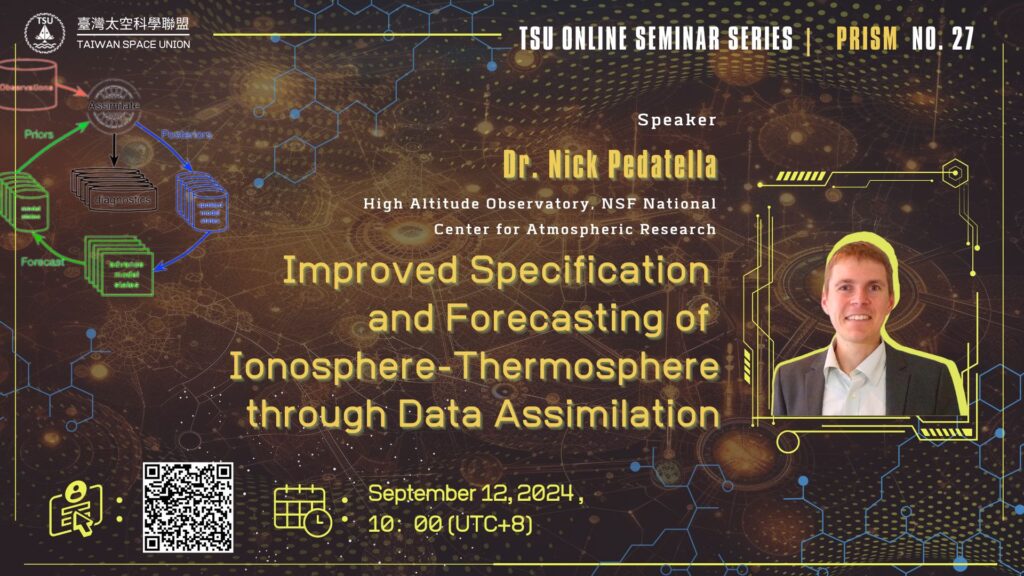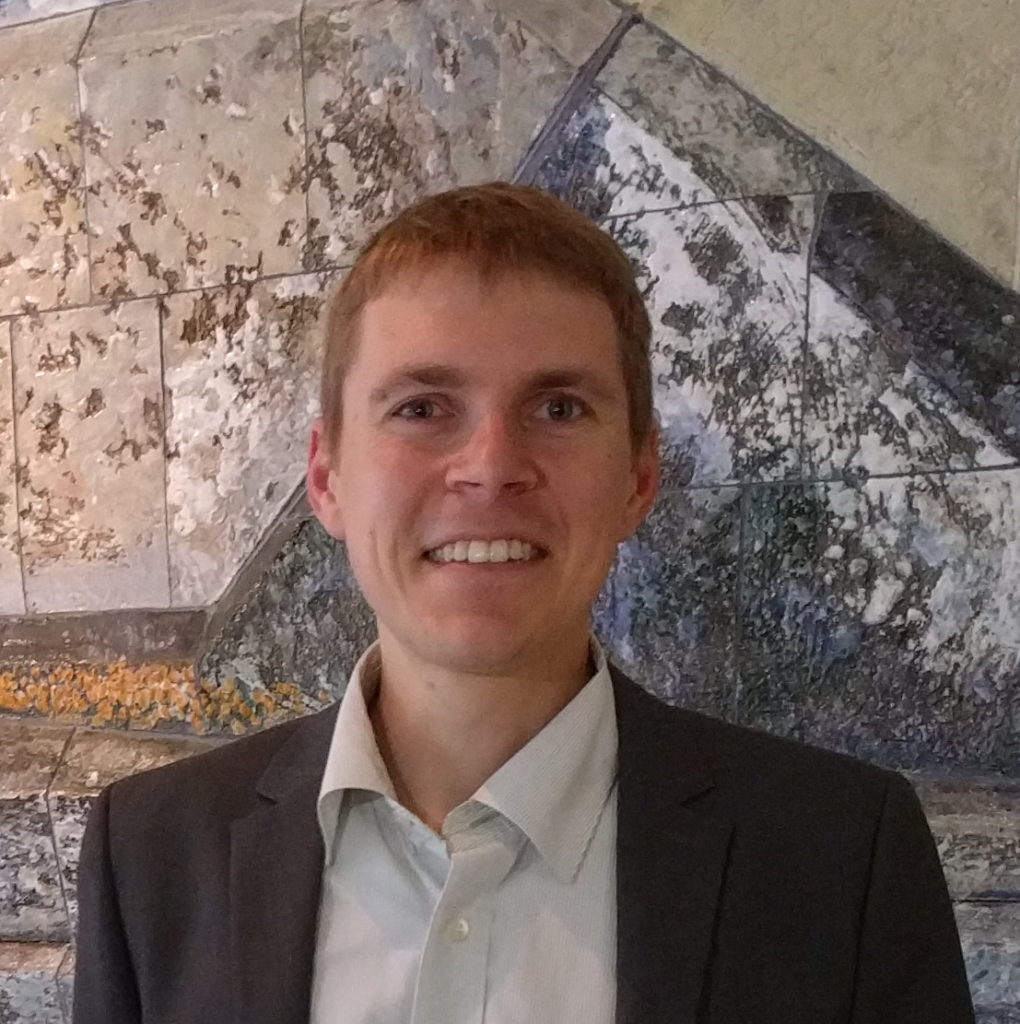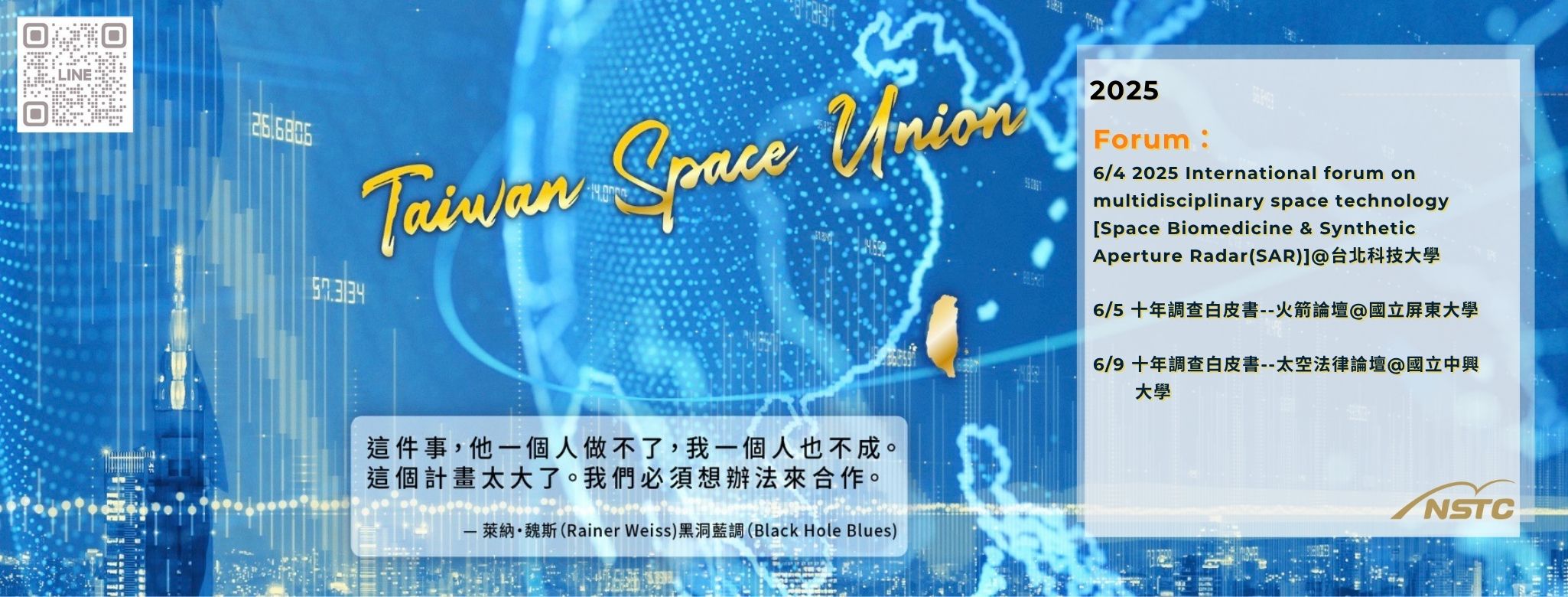
★ September 12, 2024 (Wednesday) 10:00 (UTC+8)
Speaker: Dr. Nick Pedatella (High Altitude Observatory, NSF National Center for Atmospheric Research)
Title: Improved Specification and Forecasting of the Ionosphere-Thermosphere through Data Assimilation
VIDEO
Abstract
Though widely used in the lower atmosphere for both operational and scientific purposes, data assimilation techniques have yet to be extensively adopted in the mesosphere, thermosphere, and ionosphere. This is despite the inherent benefits obtained by combining observations with a background model using data assimilation. To improve representation of variability in the middle and upper atmosphere, as well as provide initial conditions for studying predictability of the near-Earth space weather, the data assimilation capability was developed for the Whole Atmosphere Community Climate Model (WACCM) and WACCM with thermosphere-ionosphere eXtension (WACCMX) using the Data Assimilation Research Testbed (DART) ensemble Kalman filter. A brief overview of the development of WACCM+DART and WACCMX+DART will be provided, including how the application of data assimilation techniques differs between the lower and upper atmospheres. Drawing on several examples, it will be shown that using data assimilation can improve the representation of the chemical, dynamical, and electrodynamics variability of the middle and upper atmospheres. This includes the impact of different types of observations as well as how increasing numbers of observations improves the specification and forecasting of the ionosphere-thermosphere.
Dr. Nick Pedatella

Bio
Nick Pedatella is a scientist at the National Center for Atmospheric Research, High Altitude Observatory. He received his Ph.D. from the University of Colorado in 2011, and was an ASP Postdoctoral Fellow in NCAR HAO from 2011 to 2013. Following his time as a Postdoctoral Fellow he joined the UCAR COSMIC Program Office as a project scientist. He return to HAO in 2016 as a scientist in the Atmosphere, Ionosphere, Magnetosphere section. His primary research interest is understanding the influence of lower atmospheric waves on the spatial and temporal variability of the upper atmosphere. His research is conducted using a variety of satellite observations and numerical models. He is additionally interested in the development and application of data assimilation techniques as a means to better constrain numerical models. His current research also focuses on developing improved techniques for remote sensing of the ionosphere using Global Navigation Satellite System observations.

